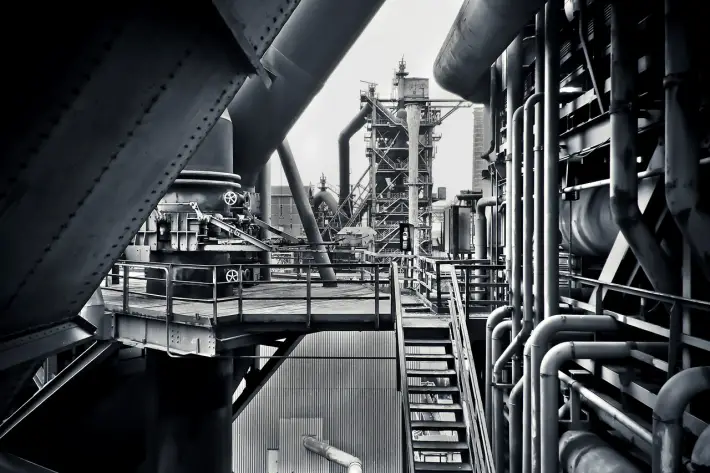GPR is regarded as safe and only requires accessibility to a single side of the wall or slab. It is also typically only requires one technician (without the expensive certifications linked with x-ray/nuclear sources) that is able to produce real-time results. These activities can also be carried out during usual business hours and result in minimal disruptions to the day-to-day operations of a building.
There are a number of benefits and advantages when it comes to scanning concrete using GPR surveys:
Accurate Imaging
GPR is able to produce images that are accurate along with the capabilities of analyzing slices from different depths, it is able to detect the orientation and depth of any embedded objects. The Dual-Technolgy systems like Conquest 100 that combine Power Cable Detection and GPR systems go one step further in the way of indicating which of the conduits are holding power lines with hazardous currents.
Effective And Efficient
Even though the need for this type of service continues to increase, the layout to pay for such services is not always available. Holding a reputation and the proficiency to conduct a job that is thorough without errors or repeat visits is a noteworthy competitive advantage. Speed may be great, yet effectiveness is far better. GPR professional-grade tools can offer this outstanding advantage. The providers should be matching their efforts to the conditions of a site by carrying out reconnaissance scans in order to determine if and where fuller scans are required.
Workflow Integration
The service providers should also seamlessly fit into the project management and workflow of the customer, particularly when it comes to the bigger projects. In this way, they are able to obtain a competitive advantage in the way of providing ways to reduce the money and time associated with processes on big projects. For instance, the real-time assessment by an off-site reviewer of the scanned results is able to cut down on the time between cutting and scanning, which in most cases does away with repeat visits.
Difficult Sites
The GPR sensors are compact which means they are easy to use in tighter spaces and from just about any orientation when it comes to ceilings, walls, and floors. Critically, GPR will be applied from exposed surfaces and can detect features in slab-on-grade. It can find voids in surrounding materials. It is also able to map large areas efficiently in the way of deploying GPR sensors on a vehicle or cart-towed platform.
Non-Invasive
The testing and assessment are carried out without harmful destructive and expensive testing methods. Even when coring or costly destructive testing is a requirement, targeting these activities to where they will be the most effective will always save money and time.
Health And Safety
There are vital social, financial, and regulatory reasons for having concerns about safety in the workplace, and GPR is one of the more effective technologies that are able to address these important concerns. GPR is not only harmless to infrastructures, but it will also not pose any risks to the public in general or the operators. GPR can be used safely even in public settings that are crowded without posing risks to people close by.
Flexibility
GPR is often classified as a number of tools all rolled into one. It offers owners the opportunity to break into the latest activities and new businesses. From investigations carried out on structural components, or marking before coring or cutting, providing important due-diligence records, or even the assessments of rebar deterioration, the best GPR systems are able to conduct all these tasks with ease.
Ownership
The latest GPR systems are simple to use and inexpensive, which require minimal training, along with no costs associated with certification. The improvements made to data processing has managed to automate most of the processes, which includes automated reports if and when needed. The owners are also able to take advantage of the usage records that are detailed provided by one of these leading GPR systems. This includes knowing exactly when the GPR system was in use, the location and what the system was utilized for.
The concrete scanning GPR products may have been around and in use for many years, yet the uses were limited in association with the need for skilled technicians along with challenges associated with data interpretation. Advances have managed to turn an expensive and highly complex technology into a solution that is affordable and easy-to-use. The developments in software and hardware, which include the sensors that detect magnetic fields linked to electric cables that carry currents, the refinement in the user interfaces along with combining GPR with other technologies has resulted in making GPR uses economical, widely-acceptable and a reliable method to detect objects and the services that are embedded into concrete.


Leave a Reply
You must be logged in to post a comment.